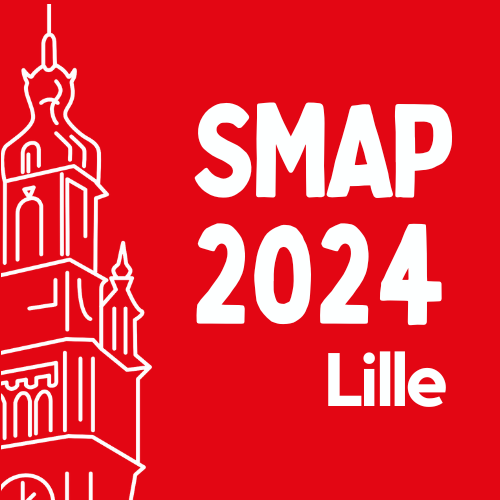
Session: Session 1
Microliquid chromatography coupled to tandem mass spectrometry based analytical method for quantifying emerging micropollutants including PFAS in Gammarus fossarum
Emerging micropollutants (EMs) are compounds that need to be studied for a better understanding of environmental pollution. These pollutants are principally molecules, which are not monitored by Water Agencies but are present in the environment due to our way of life. Since the last decade, emphasis has been placed on the biomonitoring of chemical substances by the use of sentinel species. Among these, Gammarus fossarum is a small 30 mg shrimp that bioaccumulates mainly apolar compounds. Gammarids are near sites which presents a risk of pollution such as industry.
One of the most widely used methods for the quantification of micropollutants in biota is LC-MS/MS. However, this technique has its limitations, particularly in terms of ionization efficiency with an ESI source and matrix effects that can affect quantification. To overcome this problem, the use of microliquid chromatography by reducing the flow rate could increase ionization efficiency by reducing the number of molecules arriving at the source in a given time.
This study presents the development of a method for the quantification of emerging micropollutants including various families such as Pharmaceuticals and Personal Care Products, pesticides, flame-retardants, perfluorinated compounds and organotin in Gammarus fossarum using microliquid chromatography coupled to tandem mass spectrometry (microLC-MS/MS). Chromatographic conditions and sample preparation, were optimized. The method was then validated according to ICH guidelines. Recovery rates ranging from 80% to 120%, and limits of quantification between 0.04 ng/g and 230 ng/g were obtained. The optimized method was applied to 11 samples of gammarids exposed in rivers. The results of this study prove that the developed microLC-MS/MS method is reliable and suitable for quantifying EMs. To the best of our knowledge, this is the first method that allows the quantification of emerging micropollutants including PFAS with a single injection by microLC-MS/MS.